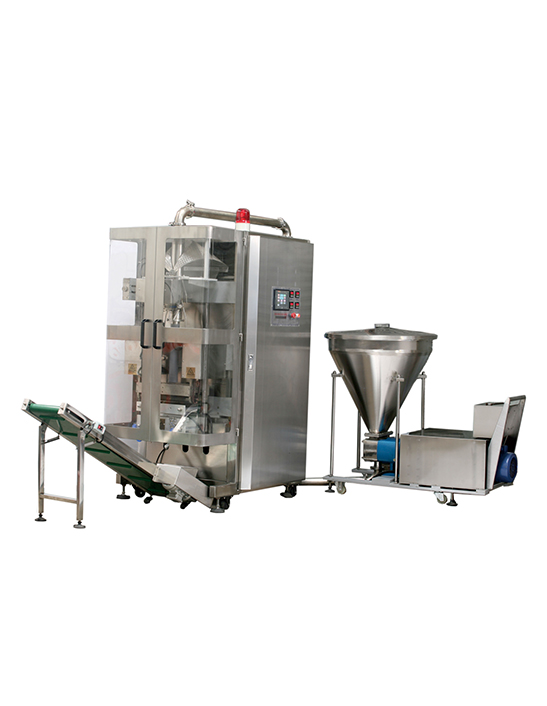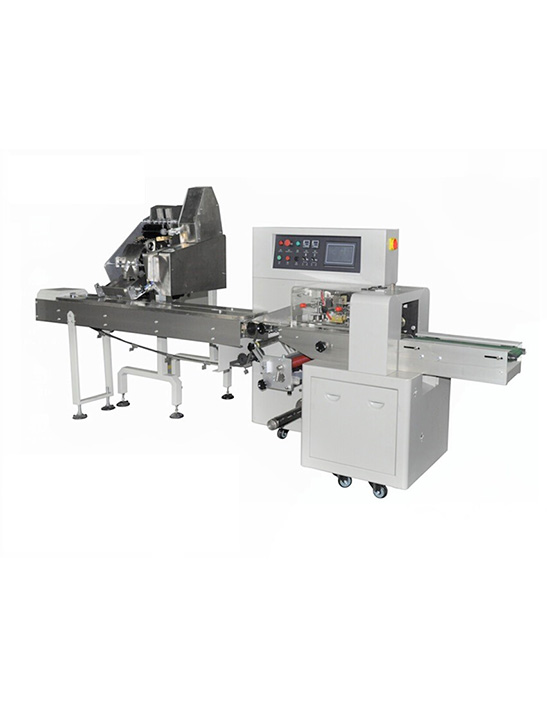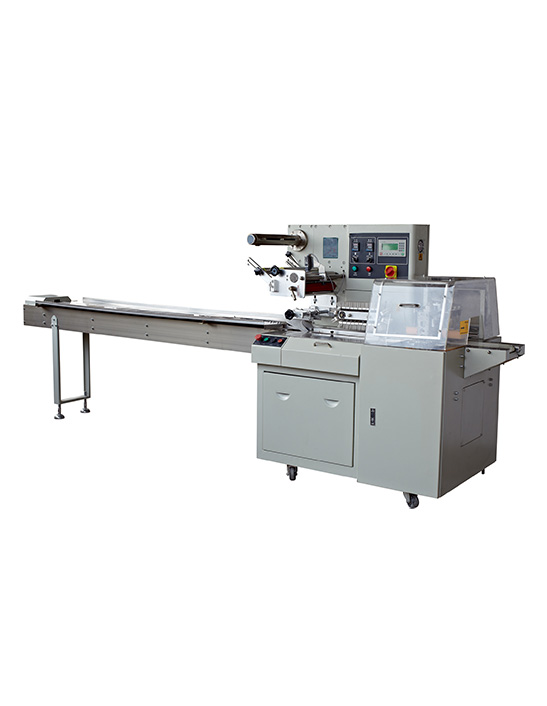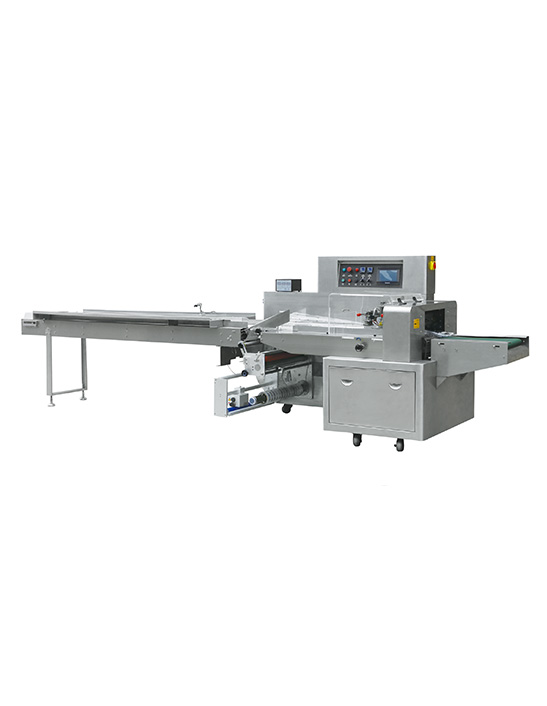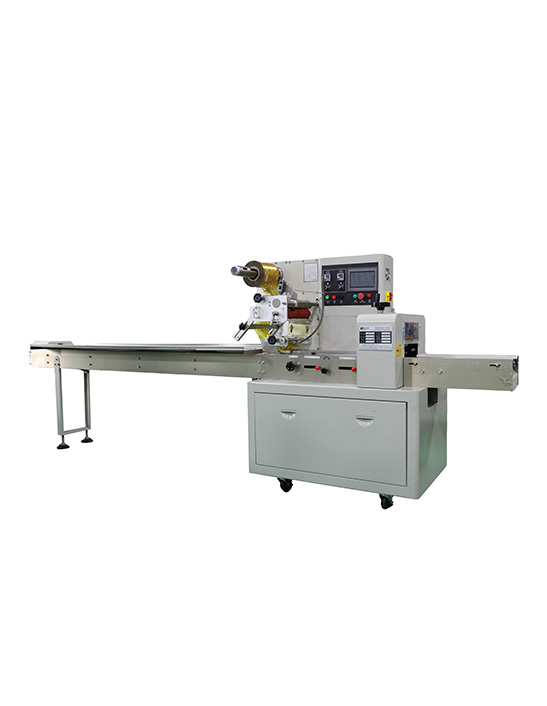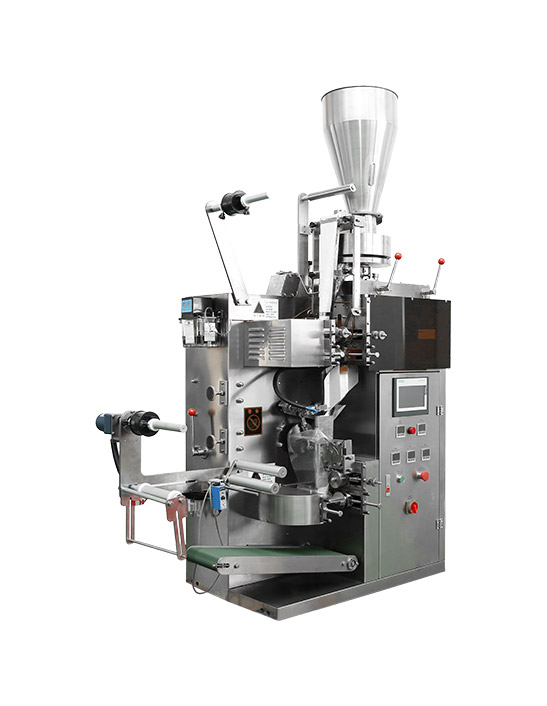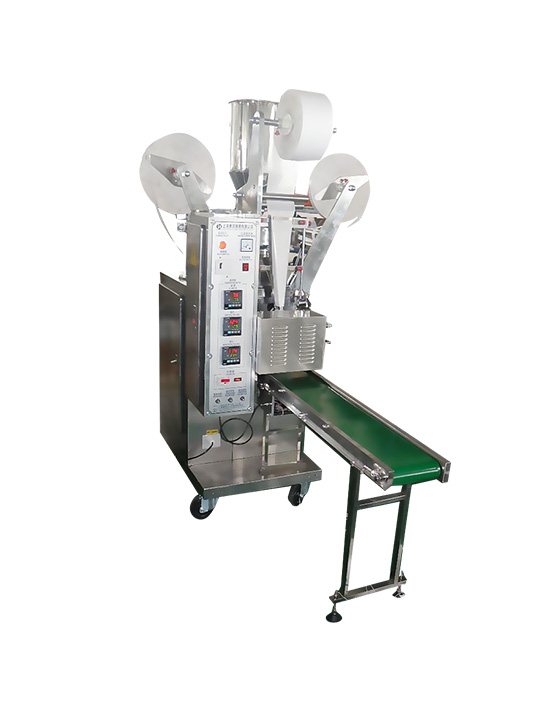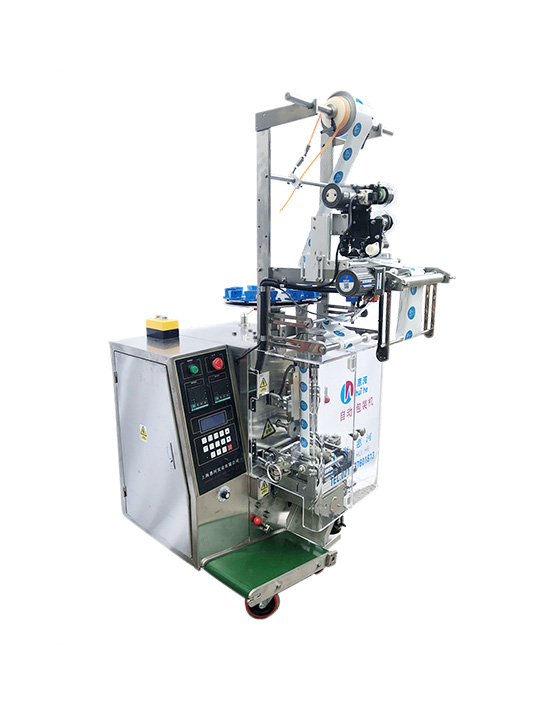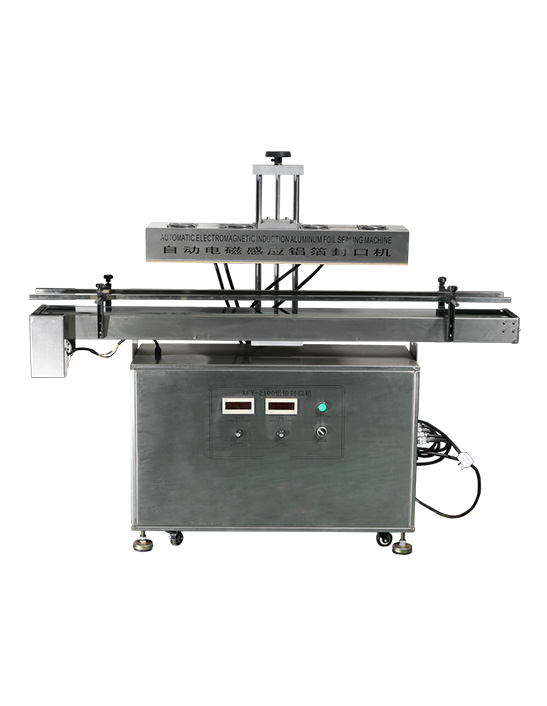The toothpick is a small yet widely used product in households, restaurants, hotels, and the food service industry worldwide. While it may appear to be a simple item, the process of manufacturing and packaging toothpicks involves specialized machinery designed to meet different scales of production and packaging needs. Toothpick packing machines are essential in ensuring hygienic, efficient, and uniform packaging, which directly impacts product quality, consumer convenience, and business productivity.
Toothpick packing machines are available in three primary categories: manual, semi-automatic, and fully automatic. Each type varies in terms of operation, production speed, cost, labor requirements, and suitability for specific business models. This article explores the key differences between these machines, their features, advantages, limitations, and practical applications.
1. Manual Toothpick Packing Machines
1.1 Overview
Manual toothpick packing machines rely heavily on human effort for feeding, aligning, and sealing. They are designed to handle small-scale production and are often chosen by startups, small manufacturers, or businesses operating in areas where automation is less feasible due to cost or infrastructure constraints.
1.2 Features
- Operated by hand or with minimal mechanical assistance.
- Simple design, often portable and lightweight.
- Requires manual feeding of toothpicks into the packaging unit.
- Limited output capacity, usually a few hundred to a few thousand packs per day.
1.3 Advantages
- Low Cost: Affordable investment, making it suitable for small businesses.
- Flexibility: Easy to operate without specialized technical skills.
- Portability: Compact size and ease of movement.
- Low Maintenance: Simple design reduces maintenance needs.
1.4 Limitations
- Labor-Intensive: Requires significant human effort, limiting productivity.
- Inconsistent Packaging: Greater chance of variations in sealing quality and pack appearance.
- Low Speed: Unsuitable for large-scale commercial production.
- Hygiene Concerns: Increased human handling may affect sanitary standards.
1.5 Ideal Applications
- Small businesses or startups.
- Local markets where demand is low.
- Areas with limited access to electricity or advanced infrastructure.
2. Semi-Automatic Toothpick Packing Machines
2.1 Overview
Semi-automatic machines bridge the gap between manual and fully automatic models. They incorporate mechanical and electrical systems to handle certain steps of the packaging process while still requiring human input for others. They are widely used in medium-sized businesses that need higher productivity than manual machines can provide but want to avoid the costs of full automation.
2.2 Features
- Combines manual feeding with mechanical packaging.
- Machines often include features like sealing, cutting, or counting mechanisms.
- Powered by electricity, requiring a stable power supply.
- Output capacity ranges from several thousand to tens of thousands of packs per day, depending on model and efficiency.
2.3 Advantages
- Higher Efficiency: Faster than manual machines, reducing production time.
- Improved Consistency: Automated sealing and cutting ensure uniform packaging.
- Moderate Investment: More affordable than fully automatic machines.
- Better Hygiene: Less direct contact with toothpicks reduces contamination risks.

2.4 Limitations
- Still Requires Labor: Workers must load toothpicks or monitor the process.
- Medium Speed: Not as fast as fully automatic machines, which can handle large-scale industrial production.
- Space Requirement: Larger footprint compared to manual models.
- Maintenance Needs: Requires occasional technical knowledge for repairs or adjustments.
2.5 Ideal Applications
- Medium-scale manufacturers.
- Businesses expanding from manual to automated production.
- Markets with moderate demand where consistency and hygiene are important but budgets are limited.
3. Fully Automatic Toothpick Packing Machines
3.1 Overview
Fully automatic machines represent the highest level of technology in the toothpick packaging industry. These machines perform every step of the process—feeding, counting, aligning, wrapping, sealing, and sometimes even labeling—without the need for manual intervention. They are designed for large-scale production facilities that demand speed, precision, and consistency.
3.2 Features
- Automated feeding systems that reduce human involvement.
- High-speed production capability, often producing tens of thousands of packs per hour.
- Programmable settings to adjust pack size, count, and sealing style.
- Integration with quality control systems to detect errors.
- Requires electricity and sometimes compressed air to operate.
3.3 Advantages
- Maximum Efficiency: Ideal for mass production, meeting high market demand.
- Consistent Quality: Precise and uniform packaging with minimal errors.
- Enhanced Hygiene: Reduced human contact ensures higher sanitary standards.
- Labor Savings: Reduces dependence on manual workers, lowering long-term costs.
- Advanced Features: Options for branding, labeling, and customizable packaging formats.
3.4 Limitations
- High Investment: Substantial upfront cost, often suitable only for large enterprises.
- Technical Expertise Required: Needs trained staff for operation, troubleshooting, and maintenance.
- Space and Infrastructure: Requires significant floor space, power supply, and sometimes additional supporting equipment.
- Higher Maintenance Costs: More complex machinery requires regular servicing.
3.5 Ideal Applications
- Large-scale manufacturing companies.
- Businesses exporting toothpicks or supplying major retail chains.
- High-demand regions where efficiency and hygiene are paramount.
4. Key Differences at a Glance
| Feature |
Manual Machines |
Semi-Automatic Machines |
Fully Automatic Machines |
| Operation |
Hand-driven, labor-intensive |
Combination of manual + machine |
Fully automated, minimal labor |
| Output Capacity |
Low (hundreds–thousands/day) |
Medium (thousands–tens of thousands/day) |
Very high (tens of thousands/hour) |
| Cost |
Low investment |
Moderate investment |
High investment |
| Consistency |
Variable |
Improved |
Excellent |
| Hygiene |
Lower, more human contact |
Moderate, less contact |
High, minimal contact |
| Labor Requirement |
High |
Medium |
Low |
| Technical Knowledge |
Minimal |
Some required |
Advanced technical expertise |
| Best For |
Small businesses, startups |
Medium-scale manufacturers |
Large-scale, export-focused producers |
5. Choosing the Right Toothpick Packing Machine
When selecting a machine, businesses should consider several factors:
-
Production Volume:
- Small businesses may benefit from manual machines, while high-demand markets require full automation.
-
Budget:
- Manual machines are inexpensive, but fully automatic machines, though costly, can offer long-term savings through labor reduction.
-
Hygiene Standards:
- Businesses in the food service supply chain often need semi- or fully automatic machines to comply with hygiene regulations.
-
Labor Availability:
- Regions with low labor costs may rely more on manual or semi-automatic machines, while areas with labor shortages benefit from automation.
-
Market Goals:
- For small-scale, local distribution, manual or semi-automatic machines are sufficient. For exports or large retailers, fully automatic machines are essential.
6. Conclusion
The choice between manual, semi-automatic, and fully automatic toothpick packing machines depends on a company’s production scale, budget, hygiene requirements, and growth objectives.
- Manual machines are best for startups and small-scale businesses where cost is a major consideration, but they are limited in speed and consistency.
- Semi-automatic machines offer a balance between efficiency and affordability, making them ideal for medium-scale businesses seeking to expand.
- Fully automatic machines deliver unmatched productivity and hygiene, but require significant investment and technical infrastructure, making them suitable for large-scale manufacturers and exporters.
Ultimately, selecting the right type of toothpick packing machine can directly influence business efficiency, product quality, and market competitiveness, ensuring long-term success in the food packaging industry.

 英语
英语 西班牙语
西班牙语 简体中文
简体中文

